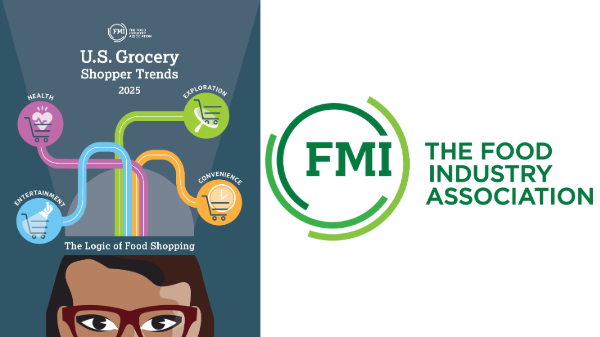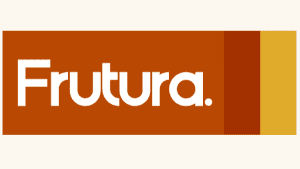Welcome to Blue Book!
Are you ready to join the thousands of companies who rely on Blue Book to drive smarter decisions? View our plans and get started today!
Still have questions? We’d love to show you what Blue Book can do for you. Drop us a line– we’ve been waiting for you.

Balancing Preparation and Flexibility
Preparation is a critical element of change management and requires signi-ficant planning, mapping, documenting, and more. “Really think through and chal-lenge the factors informing the need for change,” Wilder recommends.
She uses the example of a new technology rollout. “Acquiring and implementing a new technology without sufficient planning and preparation of processes can be not only a huge waste of time and resources, it can really hurt employee morale. And the opportunity for real beneficial change can be lost.”
Wilder adds that it is important to have a process in place to evaluate what is and isn’t working, and to be able to adapt on the fly. “Be realistic on the timeline for change,” she insists. “Take into account whether the change easily fits within the company’s culture or if a major culture change also needs to happen for the change to occur.”
Preparation includes ensuring proper staffing. Karen Caplan, president and CEO of Frieda’s, Inc., says planning and creating an organizational chart with roles and responsibilities is an important step to ensure a successful outcome. “Defining clear roles and responsibilities, and deciding how to measure them, is a chal-lenge,” she explains. “We’re open to revising and reworking them; it’s more like an evolution.” Changes at Frieda’s over the years have included adding a layer of management due to company growth and retooling infrastructure to deal with new food safety requirements.
Sometimes preparation requires an outside perspective, in the form of a consultant with expertise in organizational design or structure. “I would not limit myself to people who work in the produce industry,” points out Caplan, stating the right advisor is one “willing to tell you what you need to hear, not just what you want to hear.”
Preparation also involves being able to identify the need for change in the first place. “Keep your head up to anticipate what’s happening in the industry, and how it could impact you and your company in five years,” shares HMC Group’s Kenfield. “Work to develop strategies to improve your competitiveness from your customer’s perspective. What can you execute well that will be valuable?”
Burns agrees. “If you’re standing still, you’re going backwards; you always need to ask what’s next and think in advance about appropriate ways to react. When it happens, it’s too late.”
Prep work also involves building external relationships, Burns explains, such as with local governments and neighbor-hood groups. “It’s important for you and your employees to be involved in the local community,” she suggests. “If a company can become part of the com-munity, the community will rally around them in times of change.”








